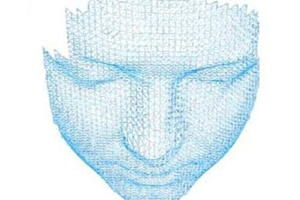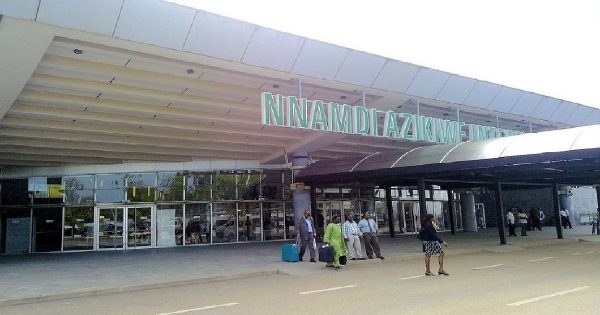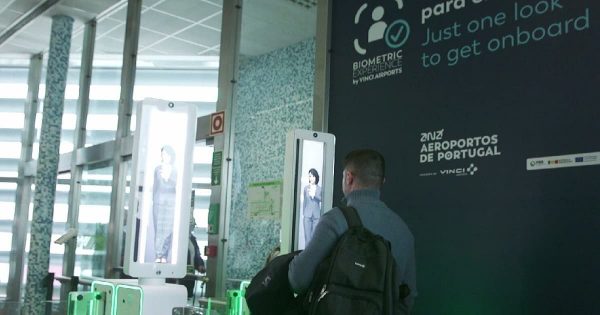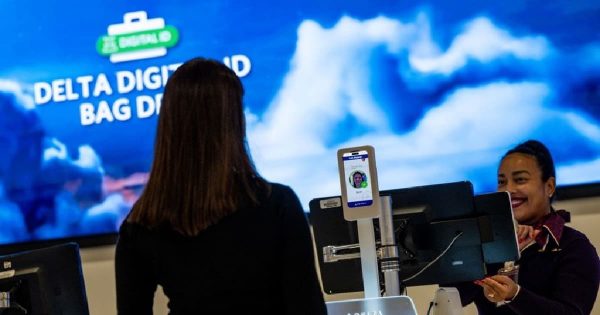The United States’ Customs and Border Protection (CBP) has launched a pilot project at airports that will see facial recognition technology used to verify passengers’ identities.

CBP is conducting the 1:1 Facial Recognition Air Entry Pilot to allow CBP Officers at airports to use facial recognition technology as a tool to assist them in determining whether an individual presenting themselves with a valid U.S. electronic passport is the same individual photographed in that passport.
The operational goals of the pilot are:
- to determine the viability of facial recognition as a technology to assist Customs Border Patrol Officers in identifying possible imposters using U.S. e-passports to enter the United States
- to determine if facial recognition technology can be incorporated into current CBP entry processing with acceptable impacts to processing time and the traveling public while effectively providing CBPOs with a tool to counter imposters using valid U.S. travel documents.
CBP is running the pilot program at a select number of airports of entry “after having successfully completed testing in a laboratory environment.”
In a Privacy Impact Assessment (PIA) document, CBP says that after the e-passport chip is scanned and the photo is taken, the software generates a match confidence score based on algorithms designed to detect possible imposters.
The PIA said that two errors can happen during the entry process. The first is called a False Non-Match Rate (FNMR), which occurs if a CBPOs agent does not correctly match the e-Passport photo to the document holder.
The second is a False Acceptance Rate (FAR), which occurs when a CBPOs agent “incorrectly matches an e-passport photo with an imposter physically in front of him or her.” A FAR error is the more severe of the two errors as it could allow an imposter to enter the U.S.
US citizens with US e-passports arriving at airports of entry where CBP is testing the facial recognition technology may be randomly chosen by CBPOs agents to take part in the mandatory test.
The CBP also says it is providing transparency to the public about this pilot by posting signage in close proximity to the facial recognition cameras at each testing site to inform the public that CBP is taking a photograph of US e-passport holders.
Related links
DHS / CBP / Privacy Impact Assessment






